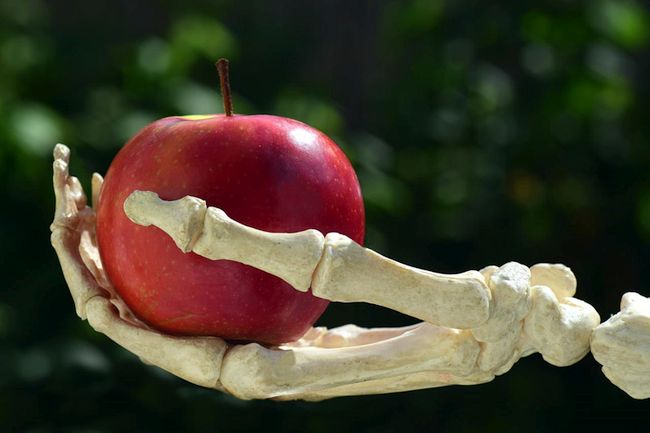|
|
|
|
|
|
| Scientists at Tokyo Medical and Dental University have discovered a new type of bone repairing material that could be used to more precisely fix bone defects. |
TSUKUBA, Japan, June 27, 2022 - (ACN Newswire) - Ceramics and metals have been used for a while as structural materials to repair bones and joints. In the past, scientists engineered bioinert materials, which do not bond to bones directly; bioactive materials that can bond to bones; and bio-absorbable materials that are categorized in bioactive materials but they are absorbed by the body over time and are replaced by advancing bone tissue.
 | | A new bio-responsive ceramic can be used to repair bone defects |
 | | With an enzyme found in blood, different types of salts were converted to hydroxyapatite, a bone mineral |
Now, a fourth type of bone repairing materials has been found: a bio-responsive ceramic that interacts with an enzyme found in blood to be absorbed into the body at a precise and predictable rate.
The research was done by Taishi Yokoi, an associate professor at the Institute of Biomaterials and Bioengineering at Tokyo Medical and Dental University, and his colleagues. The study was published in May in Science and Technology of Advanced Materials.
"Extending healthy life expectancy is an important issue for all of us," Yokoi says. "Bone repairing materials aid in the recovery of bone defects and help improve quality of life."
At the heart of this discovery is a biological reaction: an enzyme called alkaline phosphatase (ALP), which is present in human serum and reacts with various phosphate esters to generate bone mineral known as hydroxyapatite.
The scientists mimicked this process using a simulated body fluid that contained the enzyme ALP. They placed four different salts in a simulated body fluid containing or lacking the enzyme ALP. The salts were calcium salts of methyl phosphate (CaMeP), ethyl phosphate (CaEtP), butyl phosphate (CaBuP) and dodecyl phosphate (CaDoP). The phosphate component of each of these salts has an alkyl group at its end - a chain composed of hydrogen and carbon atoms - of differing lengths.
The scientists found that the first three salts were converted to hydroxyapatite, but only in the presence of ALP. Interestingly, the length of the alkyl group on the phosphate ester determined the rate at which this reaction happens. With more research, the scientists think that this could allow greater control of the bone healing process in the body.
"We expect the findings of this study will be applied towards designing and developing novel bone-repairing materials with precisely controlled degradation and resorption rates inside the body," says Yokoi.
Further information
Taishi Yokoi
Tokyo Medical and Dental University
Email: yokoi.taishi.bcr@tmd.ac.jp
Research paper: https://www.tandfonline.com/doi/full/10.1080/14686996.2022.2074801
About Science and Technology of Advanced Materials (STAM)
Open access journal STAM publishes outstanding research articles across all aspects of materials science, including functional and structural materials, theoretical analyses, and properties of materials. https://www.tandfonline.com/STAM
Mikiko Tanifuji
STAM Publishing Director
Email: TANIFUJI.Mikiko@nims.go.jp
Press release distributed by Asia Research News for Science and Technology of Advanced Materials.
Topic: Press release summary
Source: Science and Technology of Advanced Materials
Sectors: Materials & Nanotech, BioTech, Healthcare & Pharm
http://www.acnnewswire.com
From the Asia Corporate News Network
Copyright © 2026 ACN Newswire. All rights reserved. A division of Asia Corporate News Network.
|
|
|

|